General Info – summary
This dioecious, evergreen canopy Tree may reach 30m high with its straight 1,2m wide trunk. The simple, relatively broad Leaves have entire margins (partly parallel in the middle section). Tiny wind dispersed; winged pollen develops in small Male cones. A large reddish receptacle in the Female tree occurs below the epimatium and develops 1-2 seeds. A perianth is absent. The seeds do not develop in a woody cone.
Description
Podocarpus latifolius
Previous Names: Nageia latifolia, Nageia thunbergii, Podocarpus milanjianus, Podocarpus thunbergii, Podocarpus latior, Taxus latifolia.
SA Tree No. 18.
Common names: (Afr) Geelboom, Kaapse Geelhout, Kaapsegeelhout, Opregte Geelhout, Opregtegeelhout, Regtegeelhout, Regte-geelhout, Westelike Geelhout, Wittegeelhout. (Eng) Broad-leaved Yellowwood, Real Yellowwood, Rough-barked Yellowwood, True Yellowwood, Upright Yellowwood. (isiXhosa) Umcheya, Umsonti. (isiZulu) Umgeya, Umkhoba, Umsonti. (Northern Sotho) Mogôbagôba, Monyaunyau. (siSwati) Umsontsi. (Tshivenda) Muhovho-hovho, Muhovhohovho.
Family: Podocarpaceae. (A large family of mainly southern hemisphere conifers, which includes our Yellowwoods). The primary branches form pseudo-whorls around the trunk. The coriaceous Leaves are deciduous or evergreen (usually) and linear to narrowly ovate. A distinct Midrib is present. The evergreen trees or shrubs are usually dioecious. The Perianth is absent. The catkin -like Male cones usually have many microsporophylls (fertile scales) each with 2 pollen sacs. Pollen grains usually have 2 air-bags or wings. Female cones have 1 or 2 fertile terminal scales and a few sterile scales. Ovules are solitary, inverted and enclosed in an epimatium (part of the scale supporting the ovule develops into a rounded covering enclosing the seed entirely). The Seeds, with 2 cotyledons (seed leaves), are borne on a receptacle, which is often swollen and fleshy. The seeds are not in cones. There are about 17 genera and 125 species in this family. Podocarpus is the only genus in southern Africa and has 4 species: P. latifolius; P. henkelii; P. falcatus and P. elongatus.
Name derivation: Podocarpus: – podo (foot) karpus (fruit) – referring to the fleshy receptacle which holds the seed i.e., they are not in cones like other members of the family. latifolius – referring to the broad leaves. The genus Podocarpus was endemic in Gondwanaland – the ancient southern hemisphere supercontinent where South America, Africa, Antarctica, Australia and India were united. Podocarpus latifolius is the most common member of the genus in South Africa.
Conservation: National Status: L C (Least Concern). Assessment: 2005 (W. Foden & L. Potter).
Tree
Podocarpus latifolius is the national tree of South Africa tree and is the most common yellowwood in the country. It may reach 32m in height (roughly the height of a 8-story building). This is a canopy forest tree and here the bowl (the stem or trunk of a tree) is usually unbranched. Each tall trees develops a crown that is small compared to its height. When growing out in the open the tree is much smaller and here the Crown is relatively bigger (photo 478). On rocky hillsides, this plant may be a bushy tree as little as 2m high. The Bowl (the stem or trunk of a tree) is usually up to 1,2m wide and occasionally more. Branchlets are usually orange and rounded (photo 159) but may be slightly angled. The Bark is smooth and yellowish-brown when young and matures to greyish brown or dark brown (photo 475). On older trees, the smooth bark thickens and peels off in narrow vertical strips.
- 980. 2014/11/25. Walter Sisulu NBG. Photo: David Becking. Male.
- 478. 2014/02/25. Walter Sisulu NBG. Photo: David Becking. Female.
- 475. 2014/02/25. Walter Sisulu NBG. Photo: David Becking.
- 159. 2014/06/03. Walter Sisulu NBG. Photo: David Becking.
Leaves
This relatively slow growing evergreen tree has slightly glossy Leaves that are narrowly elliptic and straight with almost parallel margins in middle section (photo 284). They are usually up to 12 x 1,3cm and the leaves on mature trees are smaller. Older leaves are darker and usually erect to almost horizontal – even drooping (Photo 59 LHS). The broadly tapering Apex ends in a sharp point. The Base narrowly tapers. Leaves are usually blue-green or dark green above and slightly lighter below. Younger leaves are noticeably lighter green and covered with a bluish-grey powder, which is removable by rubbing. The stiff, spirally to sub oppositely arranged leaves, are clustered towards the ends of branches. The Midrib protrudes on the lower side (photo 386 – under Reproduction) and has a continuous rolled under Margin that is entire (not in any way indented). The Petiole (leaf stalk) is short (photo 284) or absent. The tiny Stomata (structure utilising 2 guard cells, which, unlike lenticels, can control the gaseous exchange between the plant and the surrounding atmosphere) are mostly confined to lower leaf surfaces and are arranged in many rows on either side of the midrib and run parallel to it. A good hand lens is required to see them.
Photo 59 shows leaves of different indigenous Podocarpaceae species. Left to Right: P. latifolius; P. henkelii; P. falcatus (Afrocarpus falcatus) and P. elongatus. This is the order that they were planted at Walter Sisulu – moving away and slightly uphill from the waterfall.
- 59. 2016/01/05. Walter Sisulu NBG. Photo: David Becking.
- 157. 2014/06/03. Walter Sisulu NBG. Photo: David Becking.
- 158. 2014/06/03. Walter Sisulu NBG. Photo: David Becking.
- 476. 2014/02/25. Walter Sisulu NBG. Photo: David Becking.
- 284. 2016/02/23. Walter Sisulu NBG. Photo: David Becking.
Reproduction
This Tree is dioecious (unisexual floral structures with male and female parts on separate plants). The catkin-like Male Cones are axillary, often solitary or up to 5 in a group. They are attractively pinkish, and comparatively large – usually up to 4 x 0,8cm (photos 384 & 386). These pink cones initially contain fertile scales; each having an underside with 2 tiny pollen sacs containing large quantities of microscopic, wind dispersed Pollen grains. The pollen sacs are about 1,3mm long. The cones become longer and darker after shedding pollen and tend to bend over (photo 630). The Female receptacle is initially green (photo 573) and becomes conical, red / pink (photo 774) or purple at maturity. At this stage, the receptacle is about 10mm long (Jul-Sep). Usually, 1 but occasionally 2 seeds mature on top of each fleshy receptacle. Part of the scale supporting the ovule, develops into an increasingly rounded and fleshy, covering the maturing seeds entirely. This is the Epimatium. The 1 or 2 large, fleshy to leathery Seeds mature rapidly, are hard, almost spherical and up to 1,5cm long. They become blue-green, grey, slate coloured or dark violet. The receptacles and epimatium can be impressively showy (photo 774). Here the cones are solitary, and seeds do not develop in typical woody pinecone structures. (Sep-Feb).
- 384. 2016/08/16. Walter Sisulu NBG. Photo: David Becking.
- 386. 2016/08/16. Walter Sisulu NBG. Male. Photo: David Becking.
- 630. 2019/09/18. Walter Sisulu NBG. Male. Photo: David Becking.
- 573. 2016/09/27. Walter Sisulu NBG. Photo: David Becking.
- 774. 2014/12/30. Walter Sisulu NBG. Photo: David Becking.
Distribution & Ecology
This is the most numerous of our indigenous Podocarpus Trees often growing tallest in mist belt zones. It is relatively frost hardy and may grow from sea level to an altitude of 1 800+m. The tree height is environmental dependent and trees are often stunted and shrub-like in less favourable conditions. Here they may only reach 2m high. In favourable conditions, the Trunk is straight. Trees occur in temperate forests and mountain slopes. They may support “Old Man’s Beard” (a grey lichen: combination of an algae or cyanobacteria and a fungus) which hangs down from branches in moist areas. Podocarpus latifolius plants are naturally located in the Western Cape e.g., Table Mountain and Knysna, Eastern Cape, KwaZulu-Natal – including the Drakensberg, Eastern Limpopo, Mpumalanga, Swaziland e.g., ravines to the East of Mbabane (Capital) and Hlatikulu (Southwest), Zimbabwe, western Mozambique – but not common, Sudan, Angola and Tanzania. Monkeys, birds and bushpigs eat the large, red fleshy Receptacles. Attractive birds including turacos (Knysna Lourie) and the Delegorgue’s pigeon (Columba delegorguei delegorguei) also eats the receptacles. This impressive pigeon is a canopy dwelling bird and is not often seen. Epiphytic orchids may grow on this tree. This is a Protected Tree in South Africa.
Ethnobotany
This Tree has yielded more timber than any other indigenous tree. The Wood is a low density, high quality, fine textured, light yellow colour and unscented. The wood makes impressive furniture. It may split when nailed. Local people use it for coffin manufacture. Being unscented and strong, it was also used for butchers’ blocks. It is usually even-grained. The grain is occasionally spiralled and this wood may warp. It was used for planks in Van Riebeeck’s day. It was also one of the woods used for the early wagons. The Tree is increasingly grown as a garden ornamental. Reproduction. Ripe fruit should be picked before it falls and Seeds should be planted as soon as possible. Stored fruit results in delayed germination. This tree is slow growing therefore not often planted for financial gain. Male Podocarpus trees drop the wind-dispersed pollen, which is extremely allergenic. The red, purple or bluish fleshy Fruit of most species of Podocarpus is edible, raw, or cooked into jams or pies. They have a mucilaginous texture with a slightly sweet flavour. However, they are slightly toxic and should only be eaten in small amounts – especially when raw.
References
Boon, R. 2010. Pooley’s Trees of eastern South Africa. Flora and Fauna Publications Trust, Durban.
Burrows, J.E., Burrows, S.M., Lotter, M.C. & Schmidt, E. 2018. Trees and Shrubs Mozambique. Publishing Print Matters (Pty) Ltd. Noordhoek, Cape Town.
Coates Palgrave, M. 2002. Keith Coates Palgrave Trees of Southern Africa, edn 3. Struik, Cape Town.
Ginn P.J. Mcilleron W.G. and Milstein P. le S, 1989. The Complete Book of Southern African Birds. Struik, Cape Town.
Foden, W. & Potter, L. 2005. Podocarpus latifolius (Thunb.) R.Br. ex Mirb. National Assessment: Red List of South African Plants version 2020.1. Accessed on 2023/10/10.
Palmer, E. & Pitman, N. 1972. Trees of southern Africa. Balkema, Amsterdam, Cape Town.
Schmidt, S. Lotter, M. & McCleland, W. 2002. Trees and Shrubs of Mpumalanga and the Kruger National Park. Jacana, Johannesburg.
van Wyk, B. & van Wyk, P. 1997 Field guide to Trees of Southern Africa. Struik, Cape Town.
http://plantzafrica.com/plantnop/podocarplati.htm
https://en.wikipedia.org/wiki/Podocarpus_latifolius
http://www.smgrowers.com/products/plants/plantdisplay.asp?plant_id=1306
http://www.iucnredlist.org/details/42510/0
http://www.zimbabweflora.co.zw/speciesdata/species.php?species_id=102960
http://www.conifers.org/po/Podocarpus_latifolius.php
http://www.ibiblio.org/pic/botanical_dictionary.htm

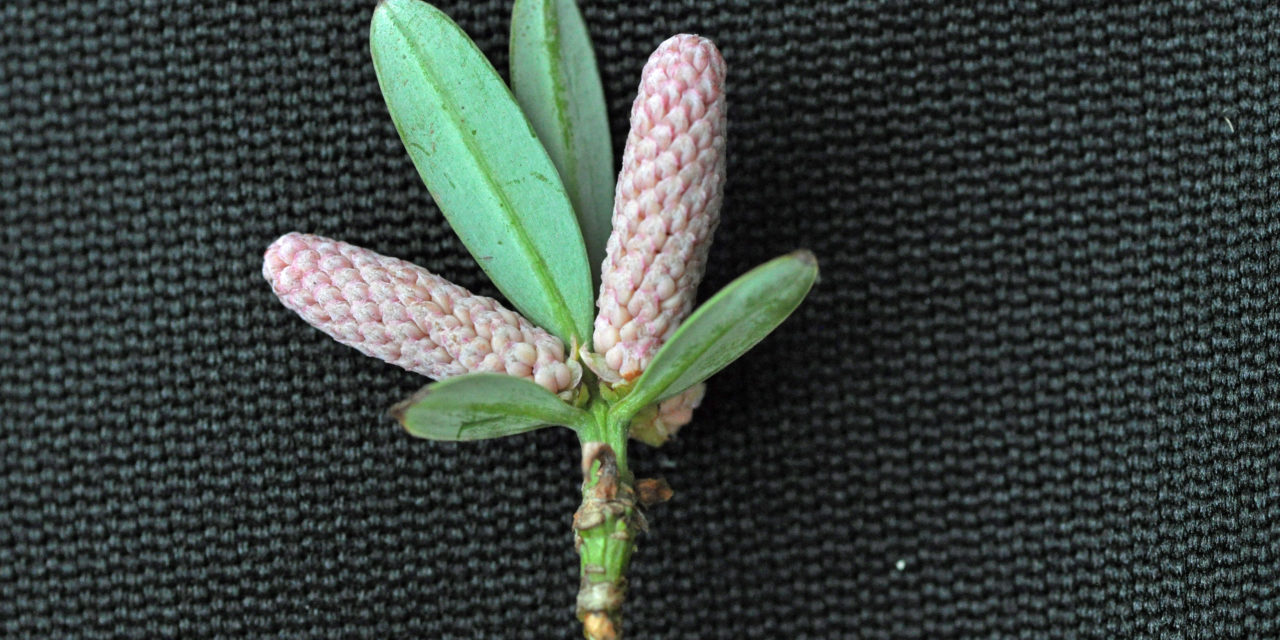
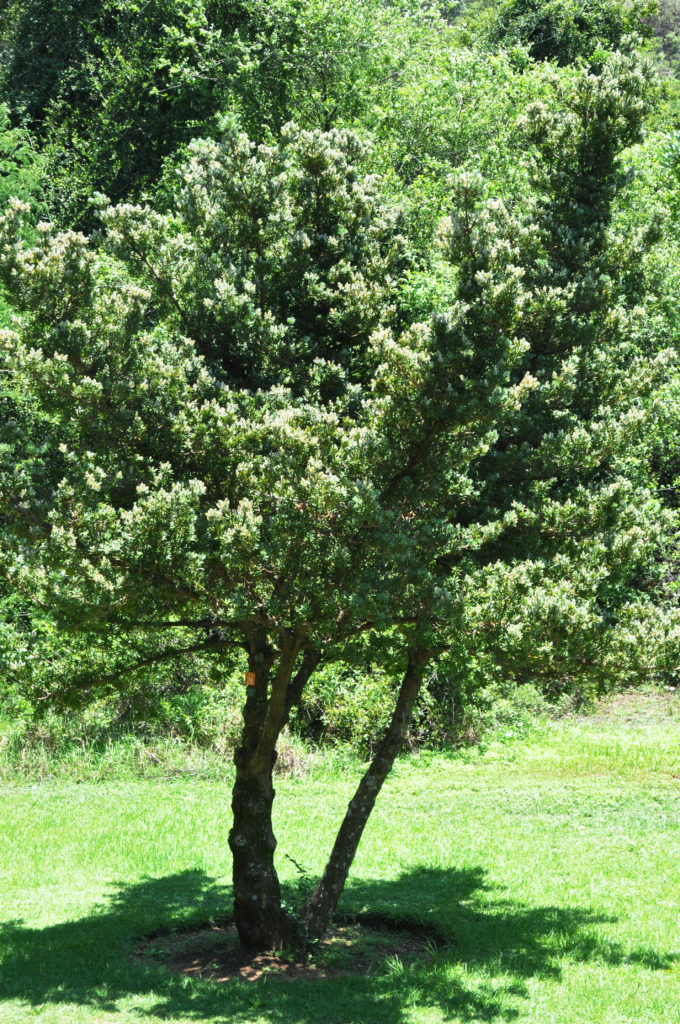
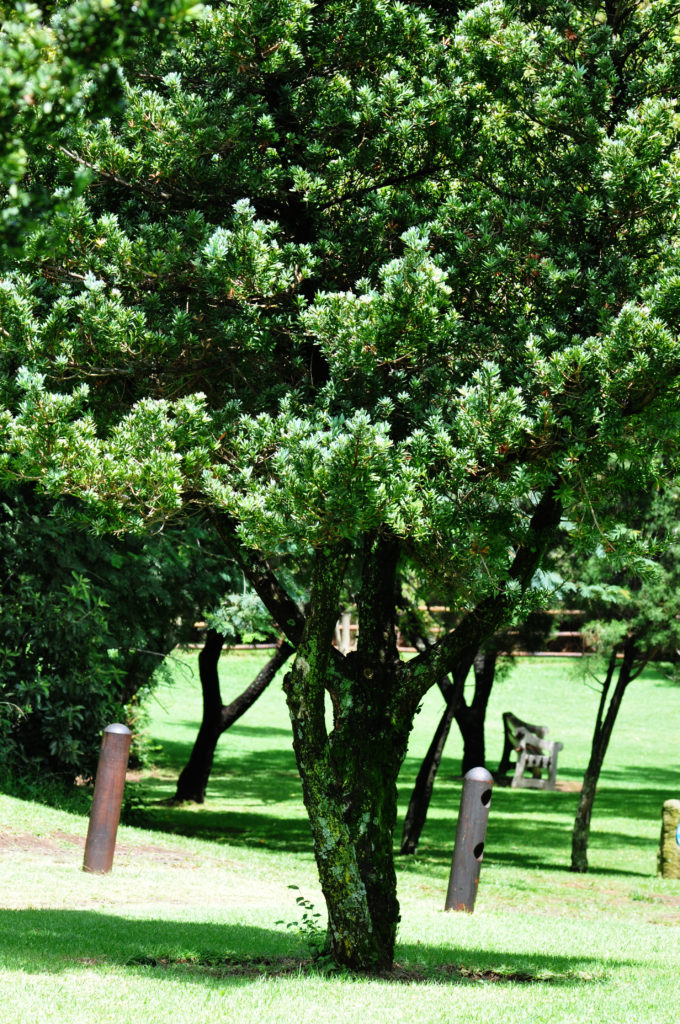
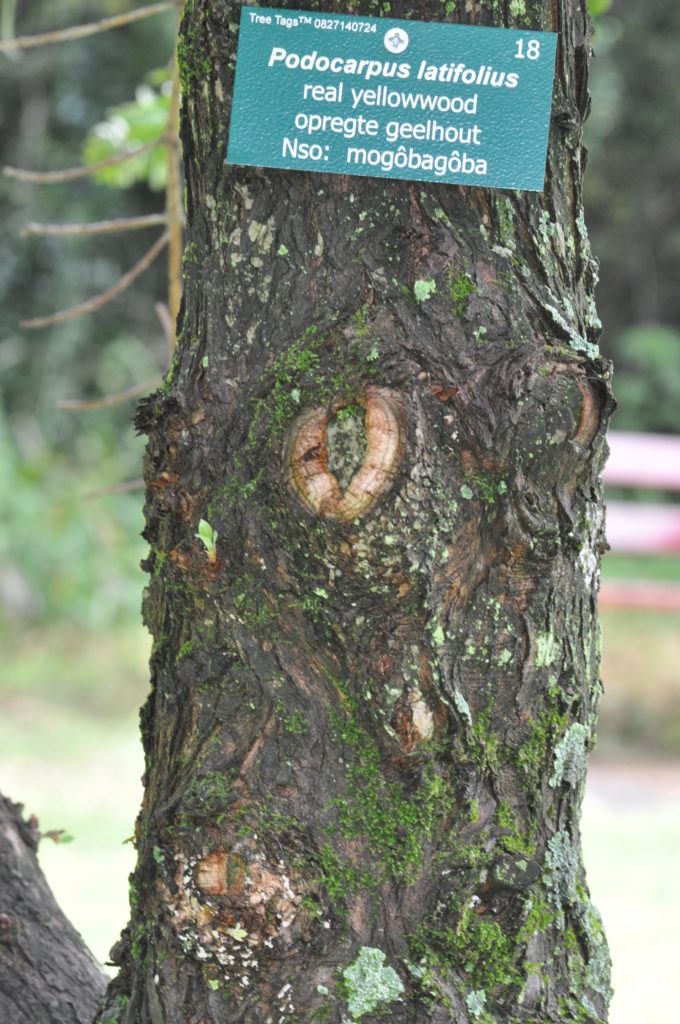
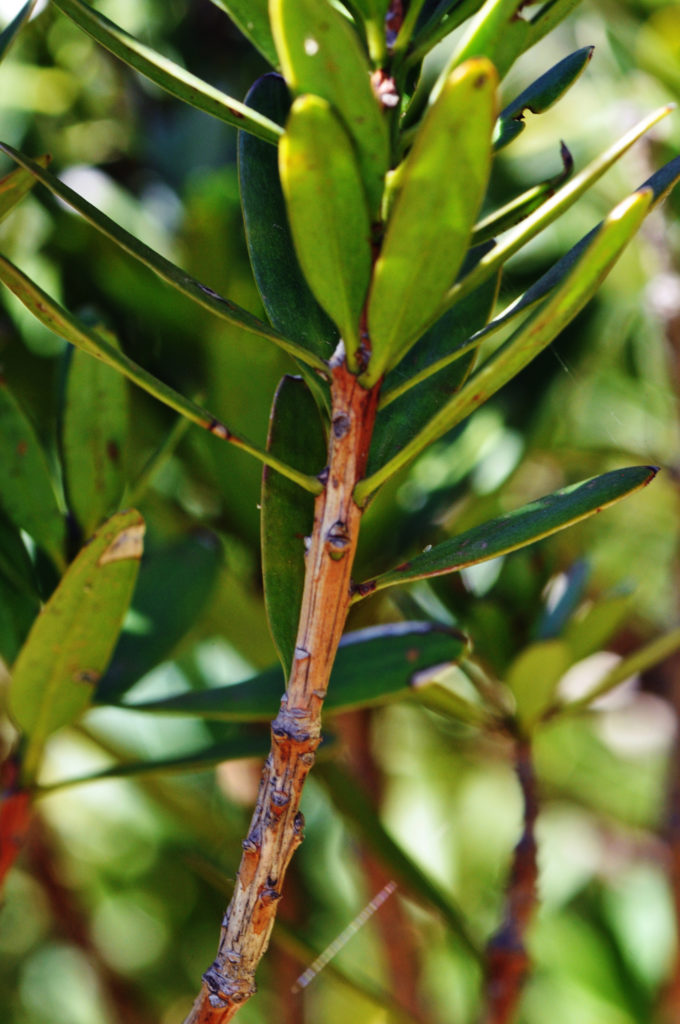
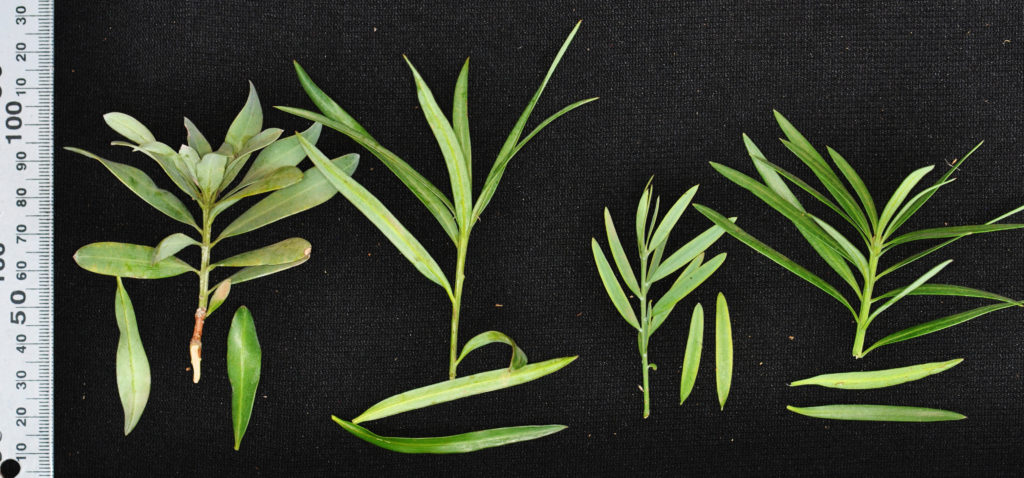
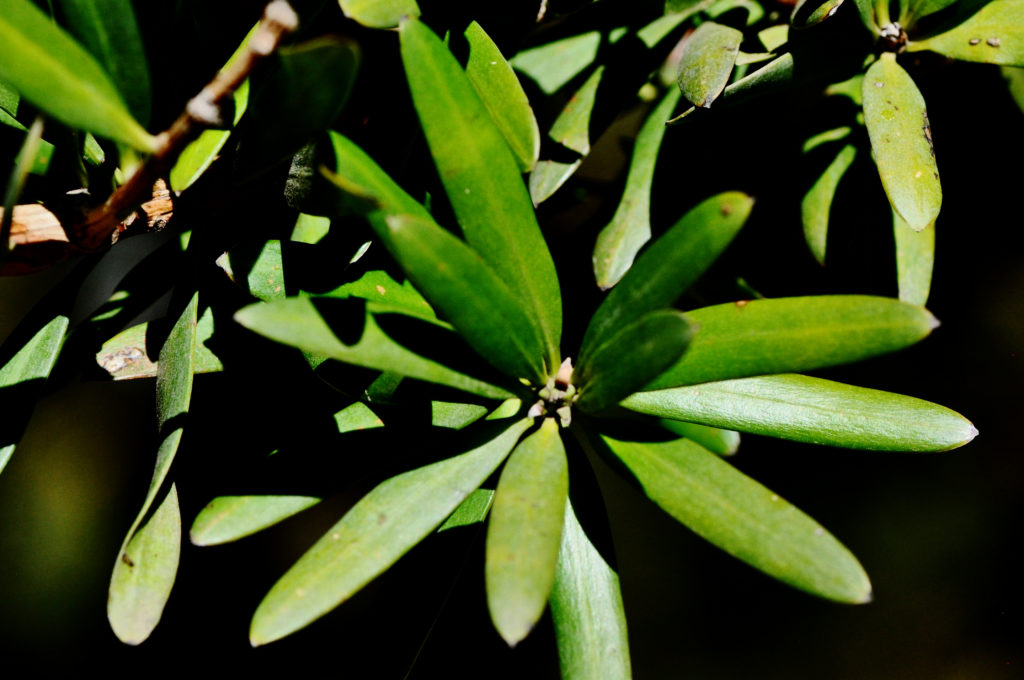
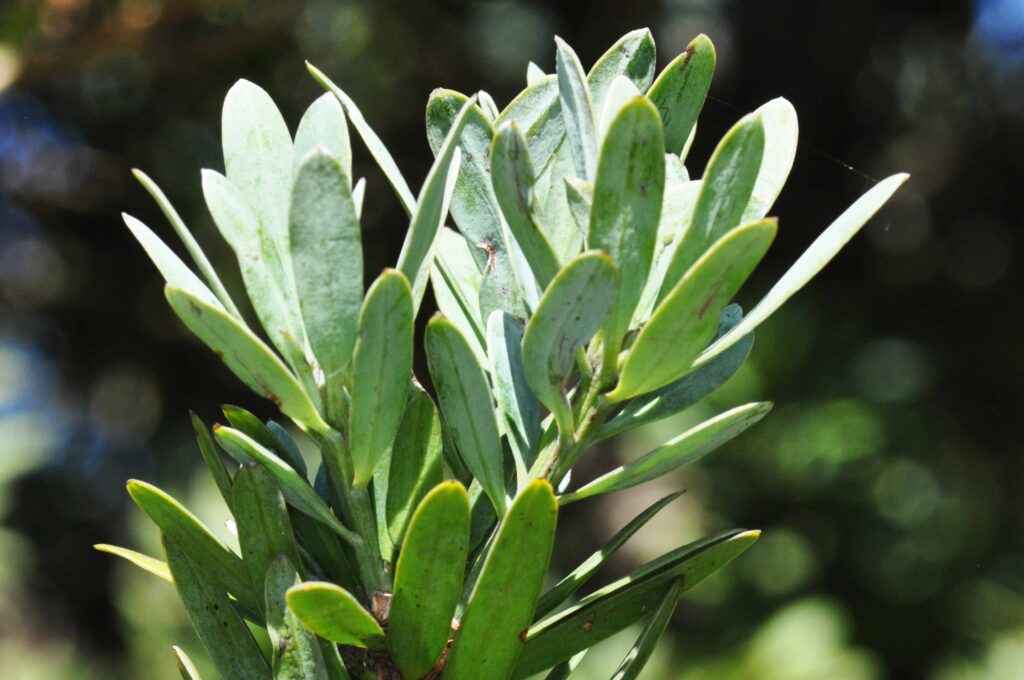
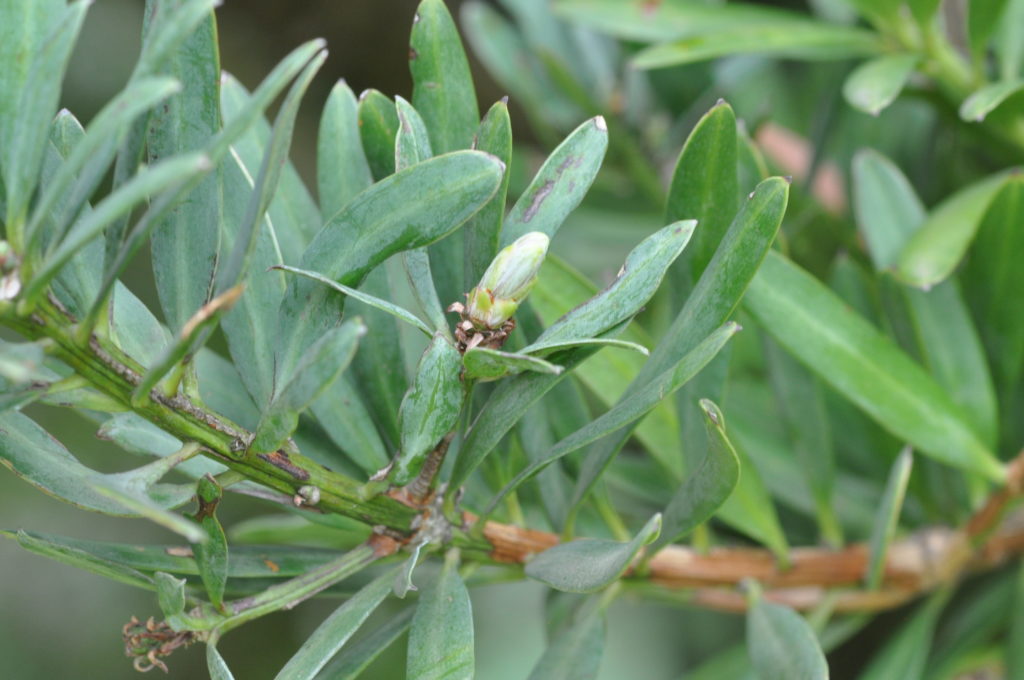
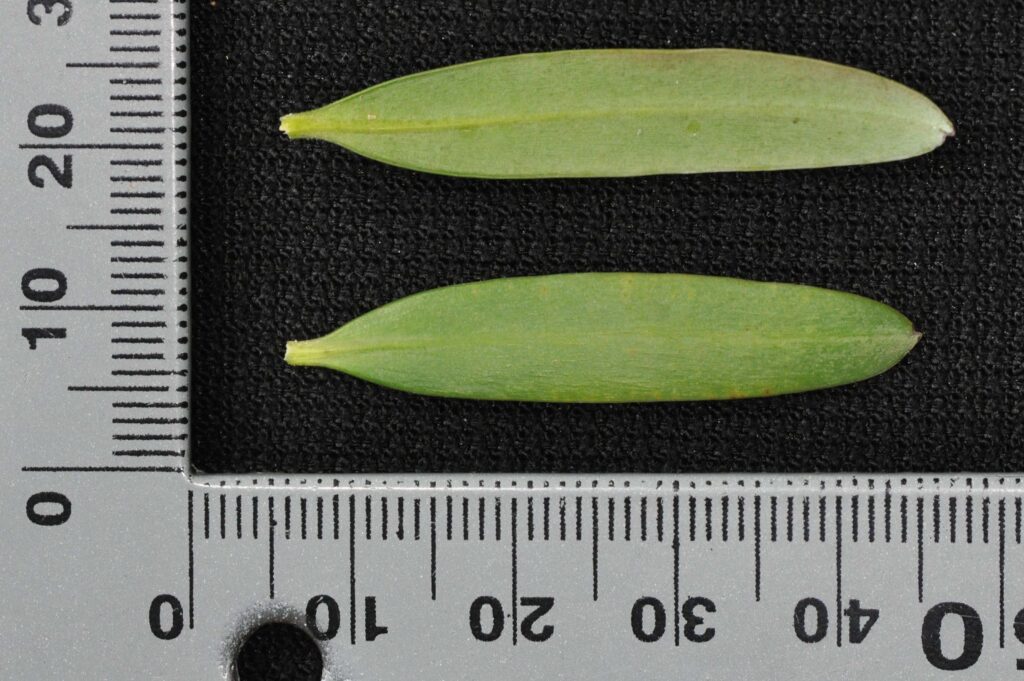
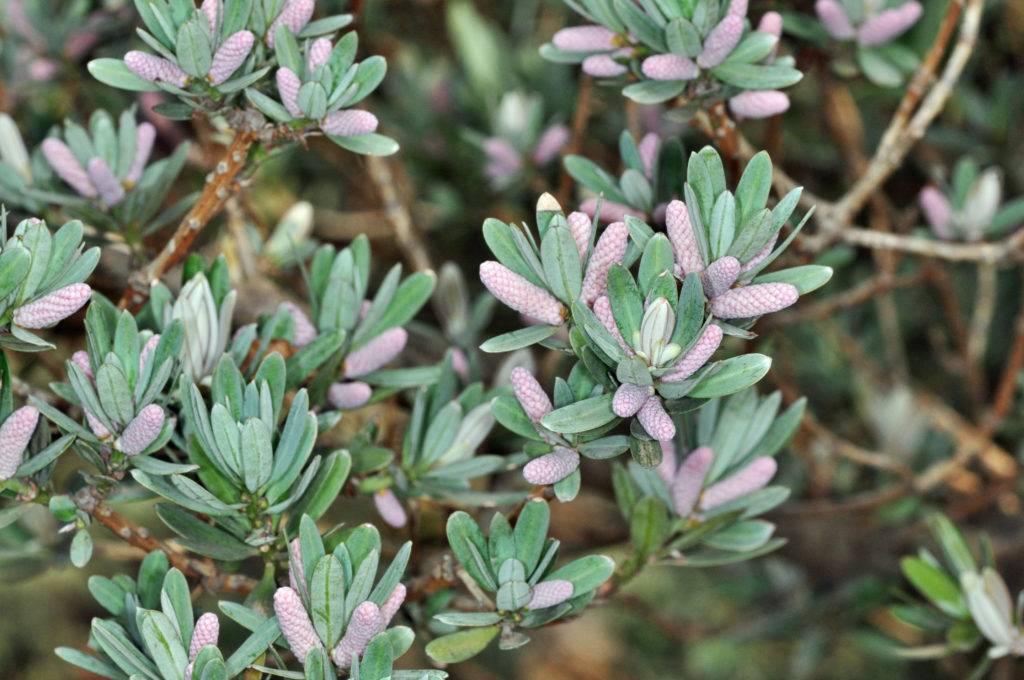
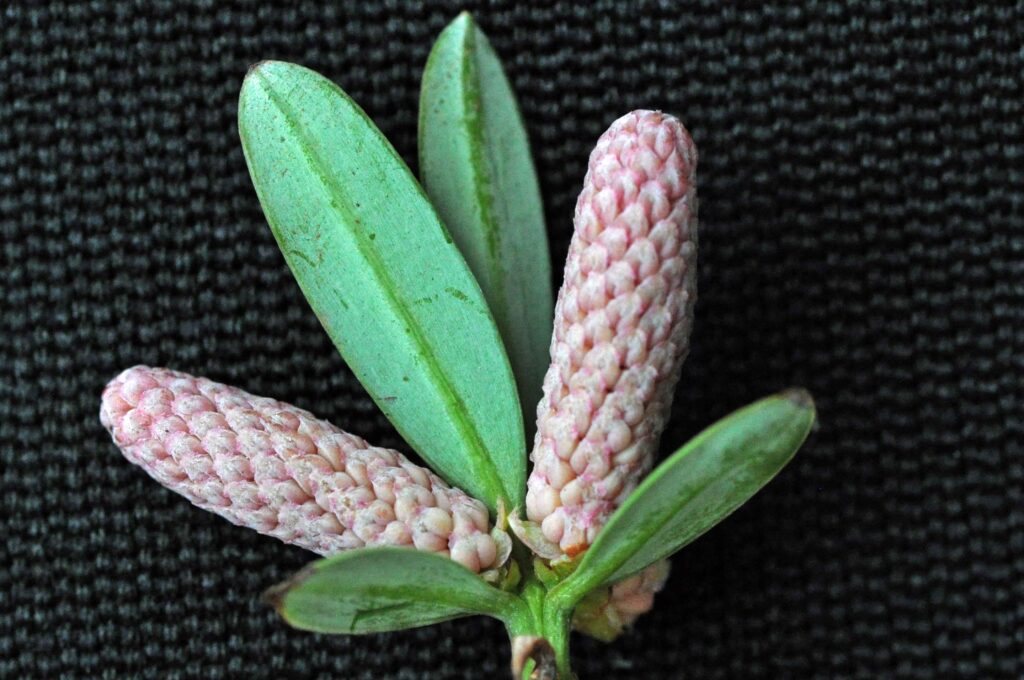
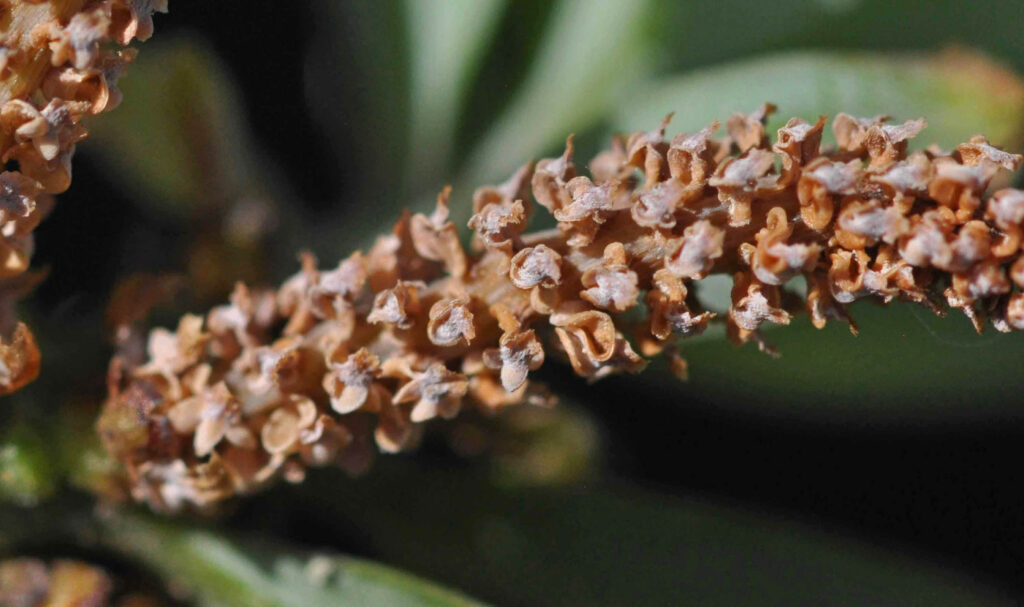
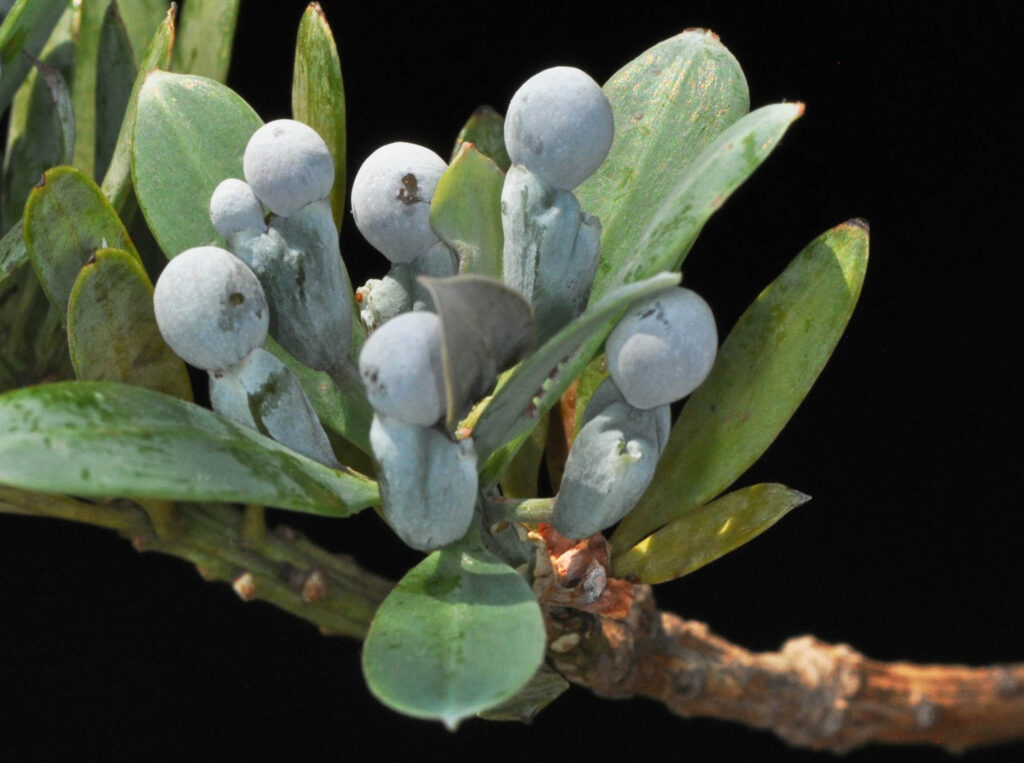
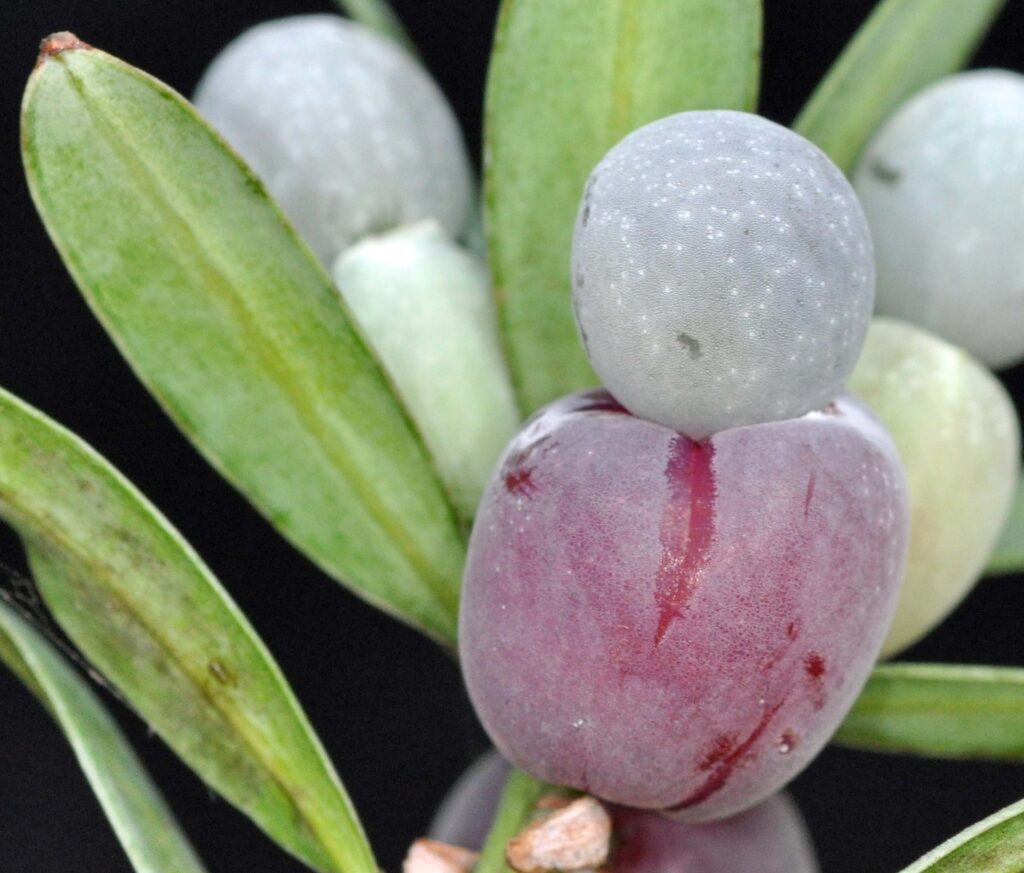
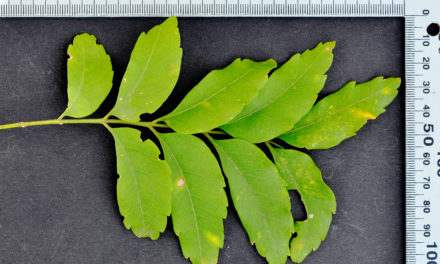
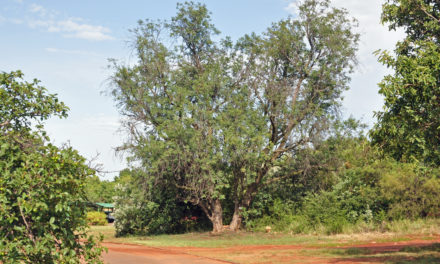
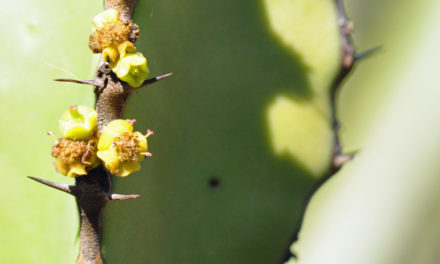
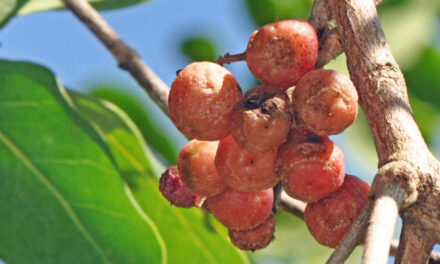
Thank you for this wonderful information on the Real Yellowwood. I am curious always about what insect, bird or animal find food from trees. Do you know the kind of monkey that eats the fruit? I tried to research online but could not find what genus of monkey likes and can tolerate the toxicity in the fruit. Thanks in advance and best wishes. Hansa
Greetings Hansa
Birds attracted to the tree fruit include the the Turacos (Knysna Lourie). This is a very attractive bird. In addition to the fruit these birds feed on insects and earthworms. In addition fruit is eaten by eaten by monkeys (presumably by different kinds), bushpigs and sometimes by people. Delegorgue’s pigeon (Columba delegorguei delegorguei) also eat the fruit.
Greetings Hansa.
Thank you for your positive comment. Apologies for the late reply. I have just obtained a new computer and it has taken me quite a while to adjust.
Take care and stay safe.
David Becking.
Greetings Hansa
Thank you for your positive comment. My wife and I have travelled to the most impressive tree places in South Africa and the trees have been a great encouragement. Sadly I know little about monkey eating habits.
Stay well and safe!
David Becking.